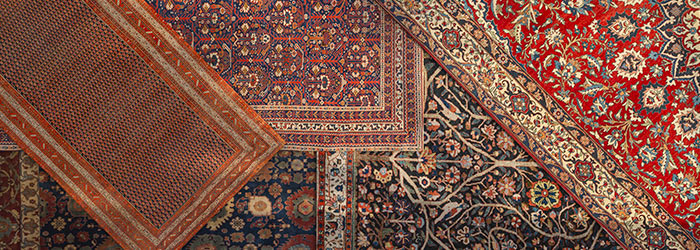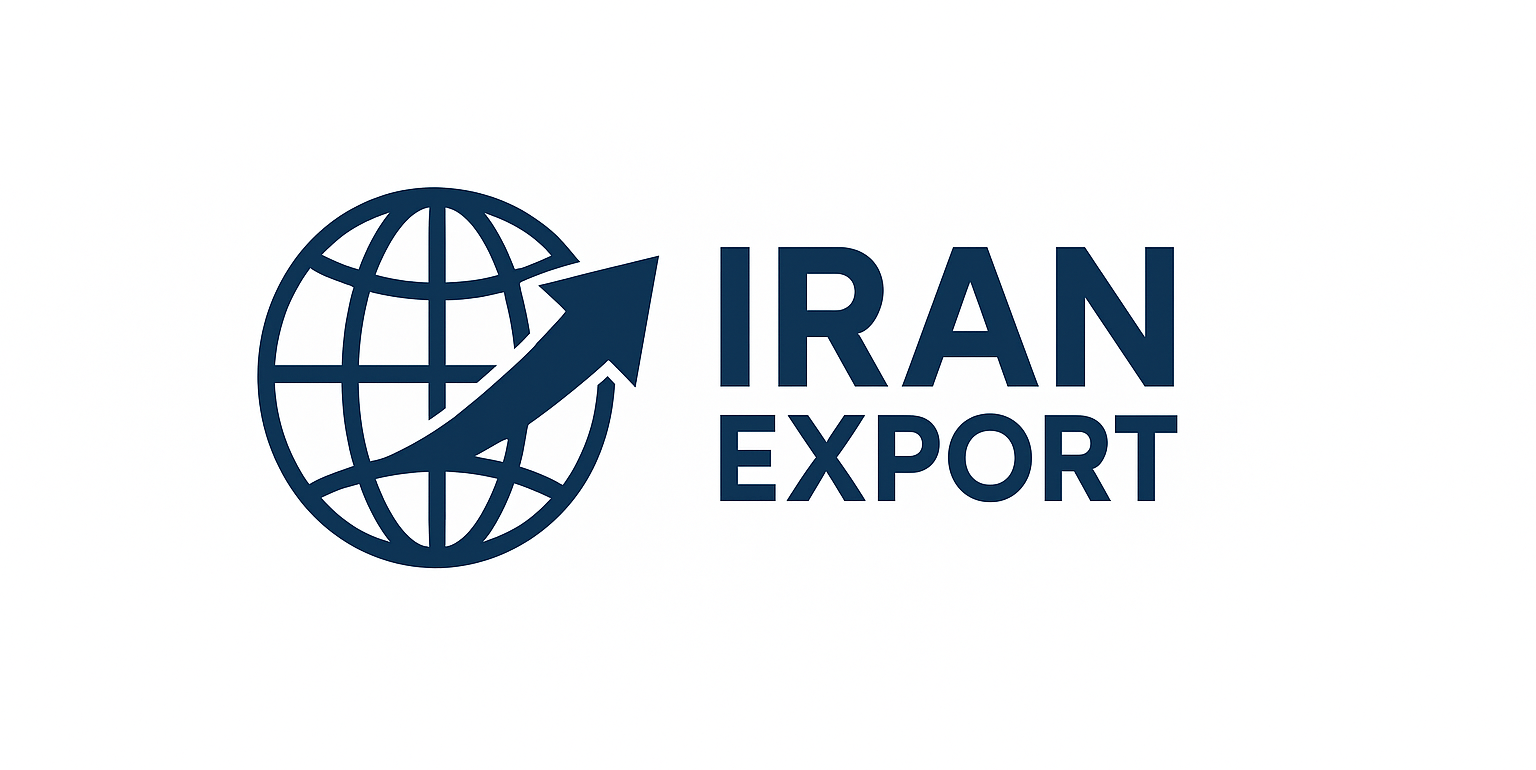
Persian Carpets: The Global Legacy of Iran’s Handwoven Art
Introduction: A Living Symbol of Iranian Heritage
Persian carpets are more than decorative floor coverings—they are a cultural identity, a centuries-old craft, and one of Iran’s strongest global export symbols. Known for their intricate designs, natural dyes, and exceptional durability, Iranian handwoven carpets have shaped global perceptions of luxury craftsmanship for generations. Today, Persian carpets remain highly sought after in international markets, blending tradition with contemporary artistic expression. This article explores the heritage, techniques, economic relevance, and global legacy of Iran’s handwoven carpets.
Historical Roots of Persian Carpet Weaving
The history of Persian carpets dates back at least 2,500 years, with archaeological findings such as the Pazyryk carpet showing that Iran has been perfecting weaving techniques since ancient times. Over the centuries, dynasties like the Safavids, Qajars, and Timurids transformed carpet weaving into a sophisticated art form. Royal workshops developed new design schools, while regional tribes preserved distinct weaving traditions.
With each generation, Persian carpet motifs became richer—reflecting Iranian literature, mythology, nature, and Islamic geometric patterns. This long artistic evolution is one reason Persian carpets hold a unique place in global cultural heritage.
Craftsmanship: The Art and Science Behind Handwoven Carpets
The value of a Persian carpet lies in its technical precision and artistic expression. Each piece can take months to several years to complete, depending on size and knot density.
1. High Knot Density
Persian carpets often feature 200 to 700 knots per square inch, a level of detail unmatched by most modern manufacturers. This density creates sharper patterns and greater durability.
2. Natural Materials
Traditional Persian carpets use:
-
Hand-spun wool from sheep and goats
-
Silk for luxury carpets
-
Natural dyes from pomegranate peel, indigo, walnut shell, and madder root
These materials create vibrant colors that age beautifully instead of fading.
3. Distinct Regional Styles
Iran’s carpet-producing regions each have a recognizable identity:
-
Tabriz – balanced floral patterns and high knot counts
-
Isfahan – sophisticated central medallion designs
-
Kashan – fine silk carpets with rich reds and blues
-
Kerman – soft color palettes and classic floral motifs
-
Qom – premium silk carpets with exceptional clarity
-
Nomadic tribes (Qashqai, Bakhtiari, Turkmen) – geometric designs and natural dyes
These regional differences help preserve cultural identity while offering diverse product options for global buyers.
Economic Importance of Persian Carpets
Carpet weaving remains one of Iran’s largest traditional industries. It engages millions of artisans—especially women and rural communities—and contributes significantly to national non-oil exports.
Key economic advantages include:
-
Labor-intensive production that supports local employment
-
High export value due to strong demand from Europe, Asia, and North America
-
Long lifespan of products that position carpets as investment goods
-
Low energy-use production, making carpets an environmentally sustainable export
Despite competition from machine-made products, handwoven Persian carpets continue to command premium prices in luxury markets.
Global Markets and Export Trends
Iran’s carpets reach more than 70 countries, with top destinations including:
-
Germany
-
Japan
-
United Arab Emirates
-
Italy
-
China
-
United States (depending on trade restrictions)
Global trends show a growing appreciation for authentic, handmade, organic, and culturally significant products, which perfectly matches the strengths of Persian carpets. Luxury interior designers and international collectors consistently view Iranian carpets as a benchmark of artistic excellence.
Why Persian Carpets Maintain Their Global Legacy
1. Unmatched Artistic Identity
No other country has a carpet tradition as rich or as deeply rooted in cultural identity. Each Persian carpet tells a story, making it unique and irreplaceable.
2. Durability and Craftsmanship
A high-quality Persian carpet can last over 100 years, often becoming more beautiful as it ages.
3. Cultural Timelessness
Unlike modern décor trends that quickly change, Persian carpets blend seamlessly into both traditional and contemporary interiors.
4. Investment Value
Collectors buy Persian carpets not only for décor but also as long-term assets that may appreciate over time.
5. Sustainability
Natural fibers and dyes make Persian carpets eco-friendly—an appealing factor for modern consumers.
Challenges and Opportunities for the Future
Despite its strengths, the Persian carpet industry faces challenges:
-
Competition from cheaper machine-made carpets
-
Limited brand protection and imitation products
-
Export restrictions in some markets
However, major opportunities exist:
-
Growing demand for handmade luxury décor
-
Rising global interest in sustainable artisanal goods
-
Online marketplaces and digital branding
-
Interior design trends emphasizing cultural authenticity
Strengthening global branding and promoting regional styles can further elevate Iran’s position in the luxury textile market.
Conclusion: A Global Cultural Treasure
Persian carpets remain one of the most emblematic artistic products of Iran—respected for their beauty, technique, and cultural depth. From ancient royal courts to modern luxury homes, these handwoven masterpieces continue to symbolize craftsmanship and elegance. As global appreciation for authentic handmade products grows, Persian carpets stand poised to maintain and expand their legacy for generations to come.

